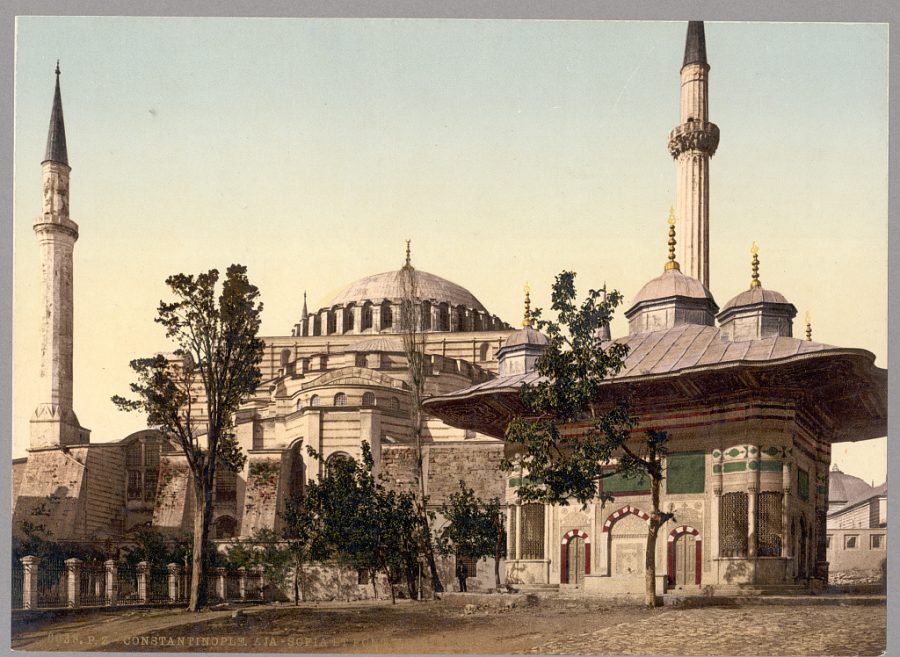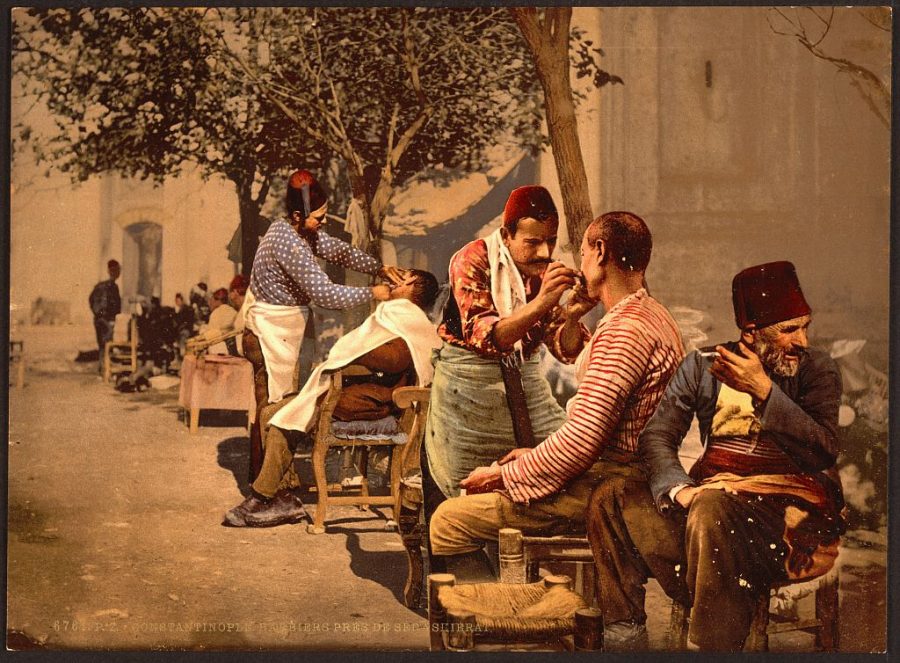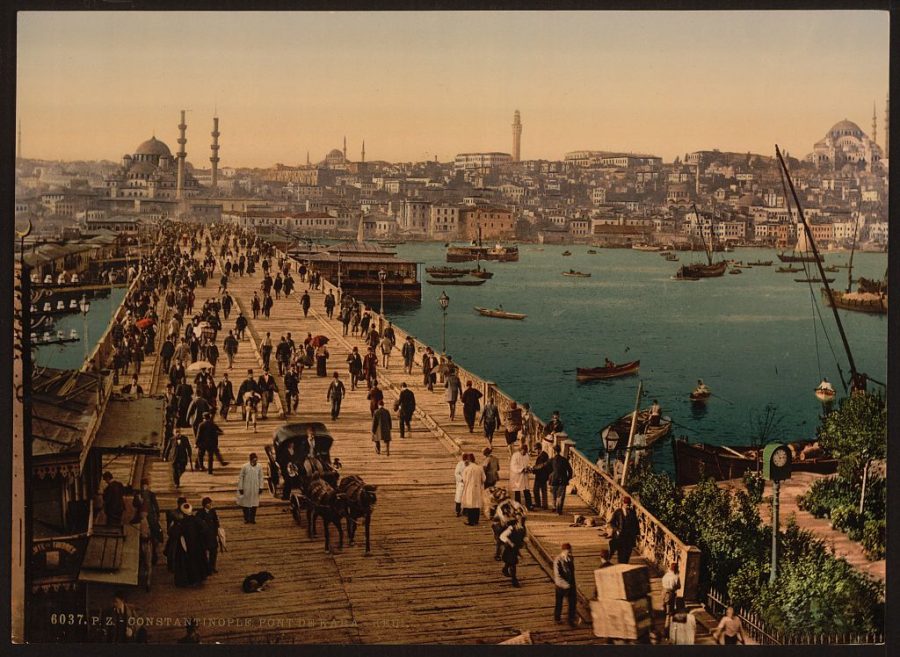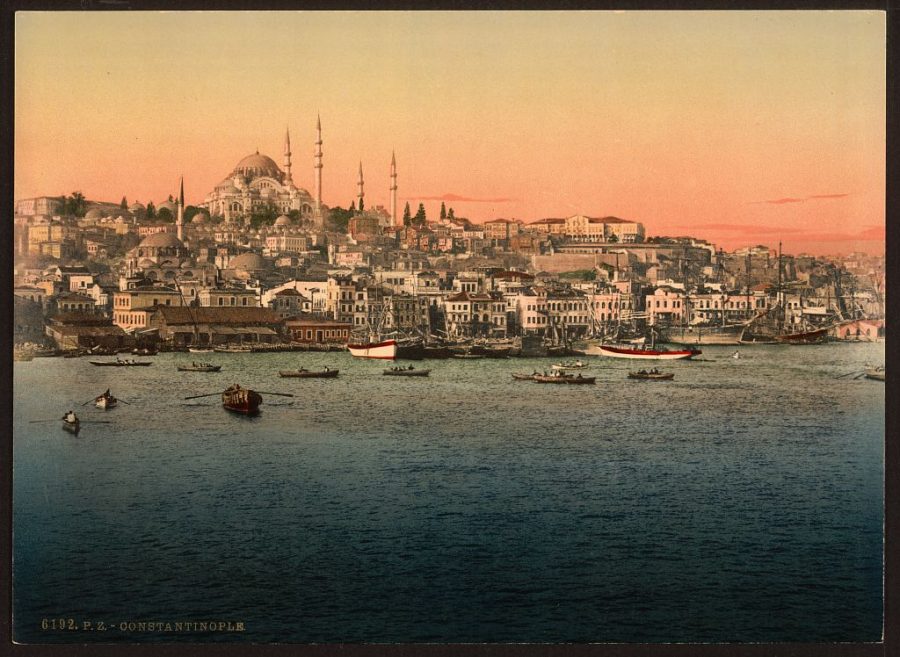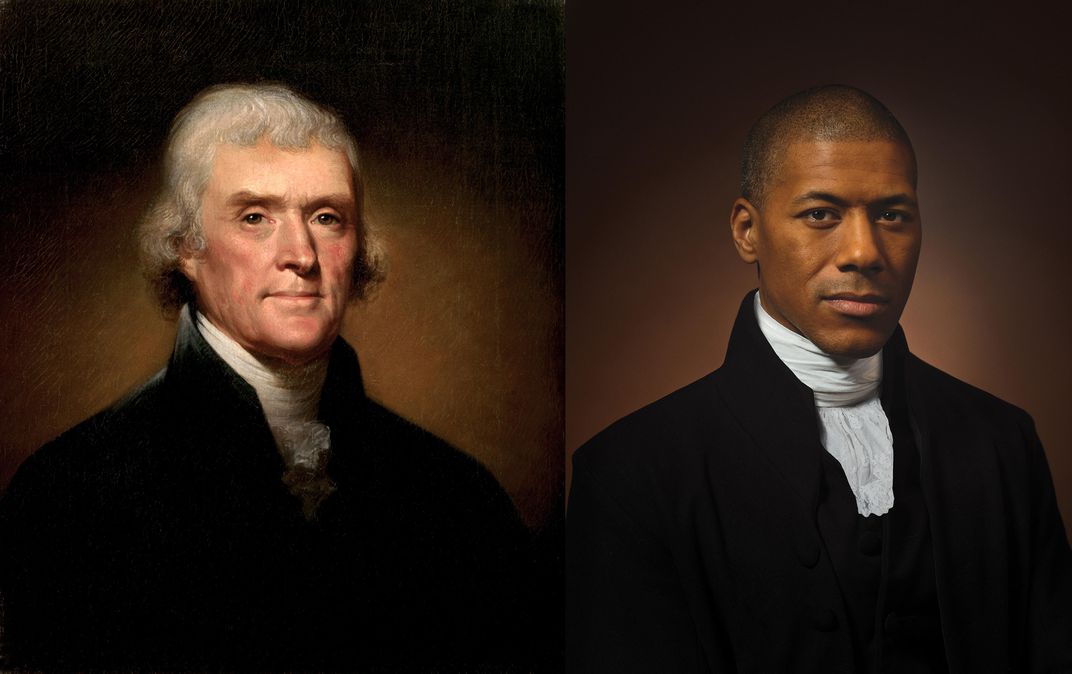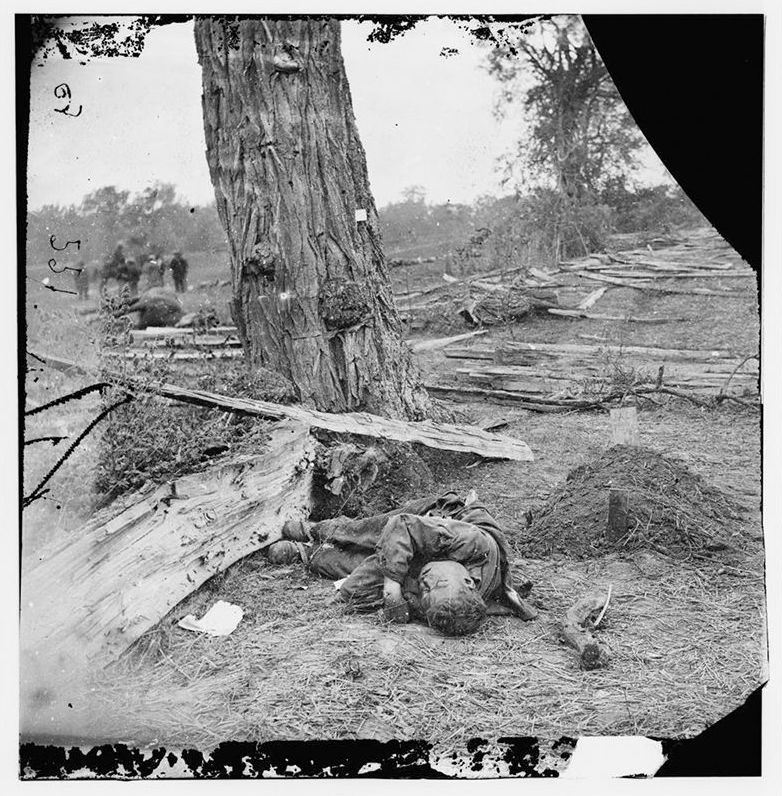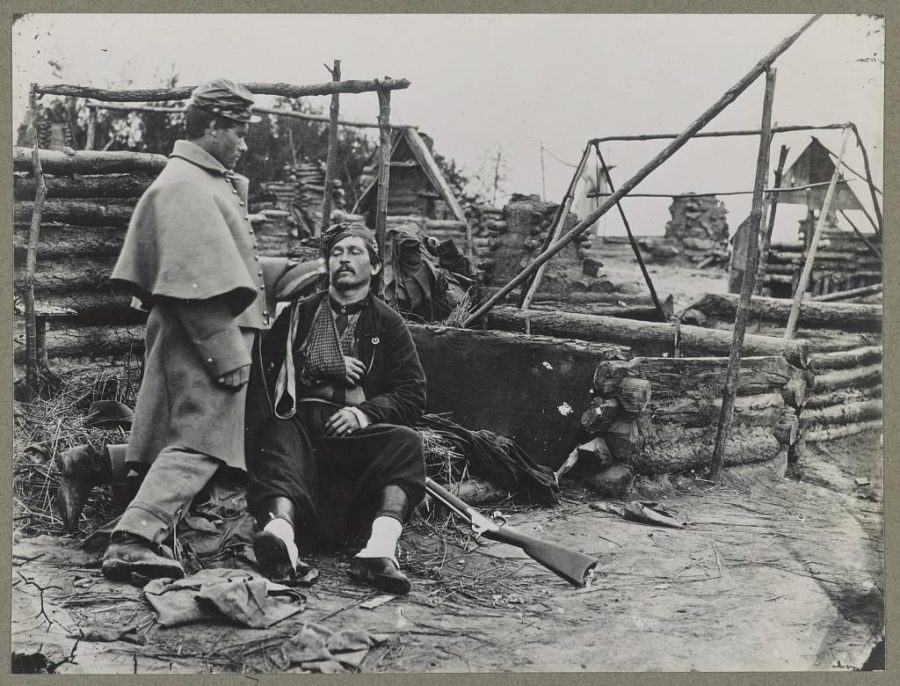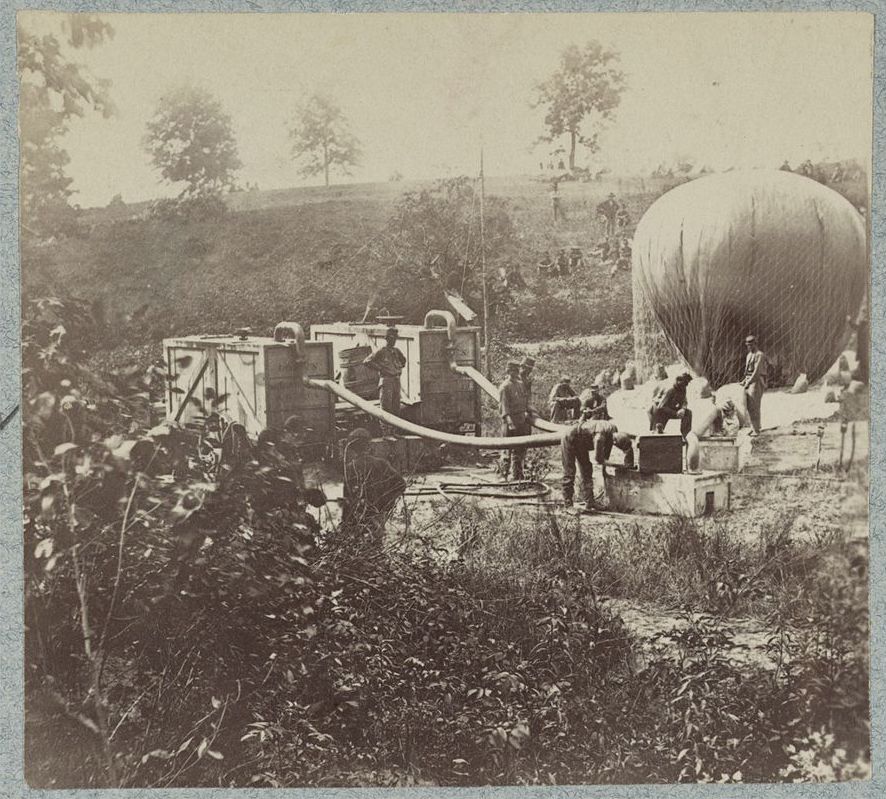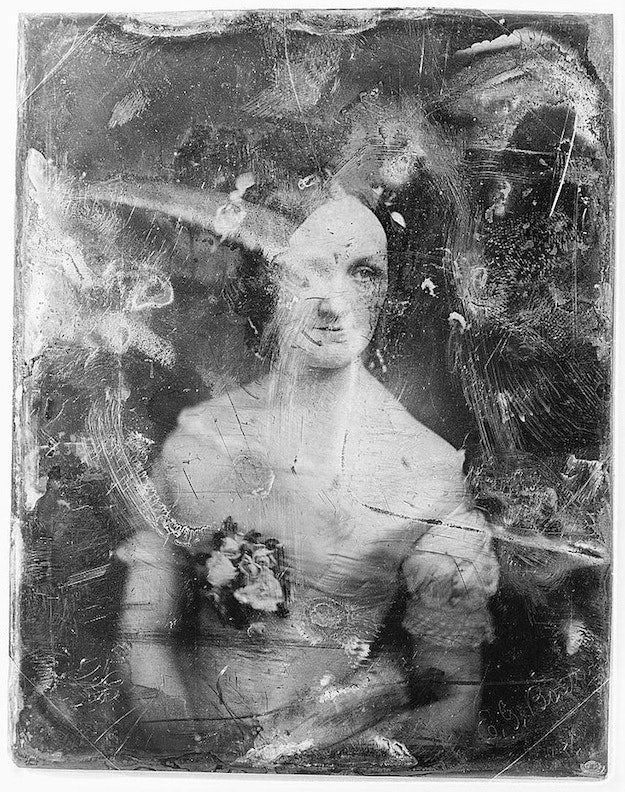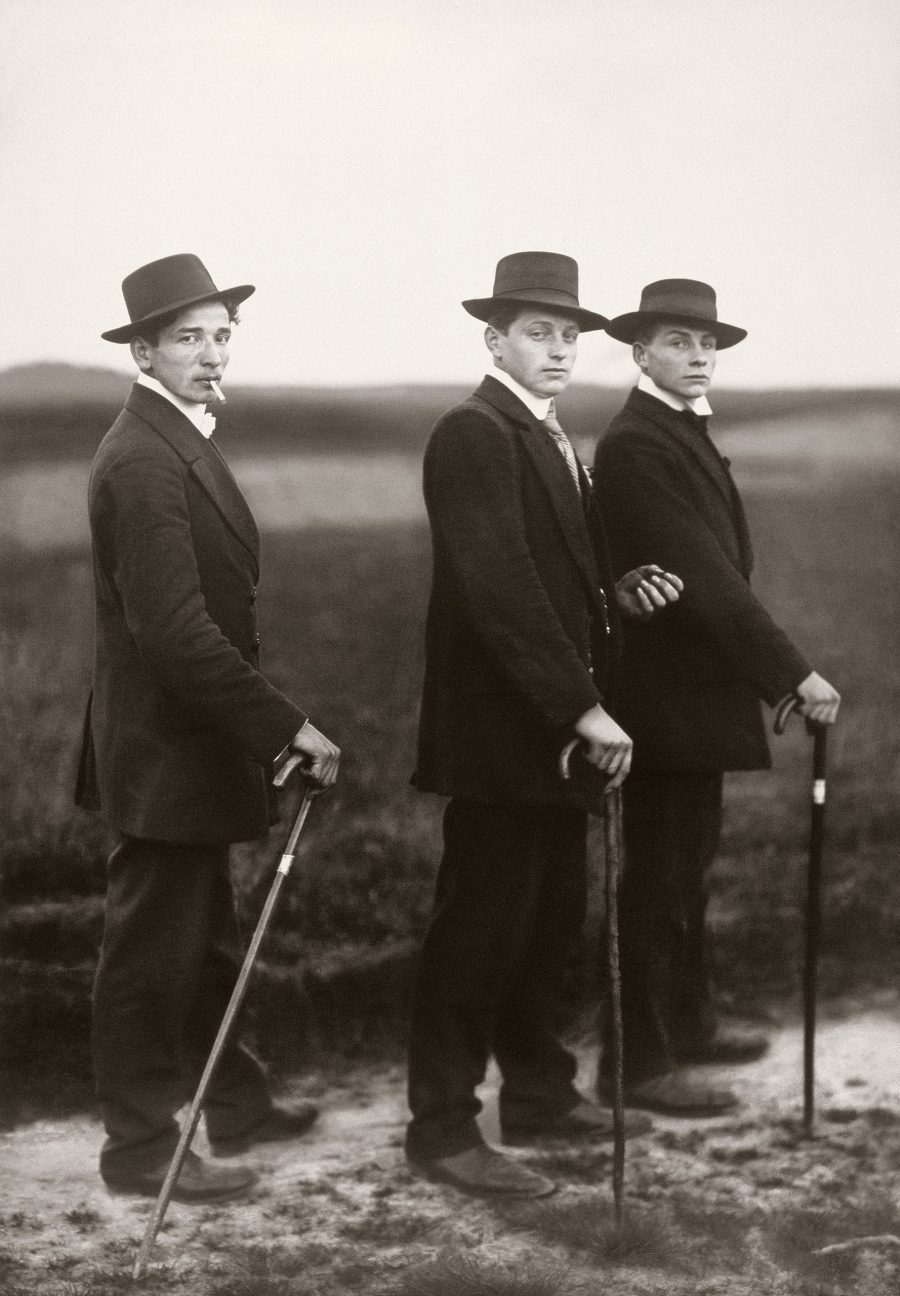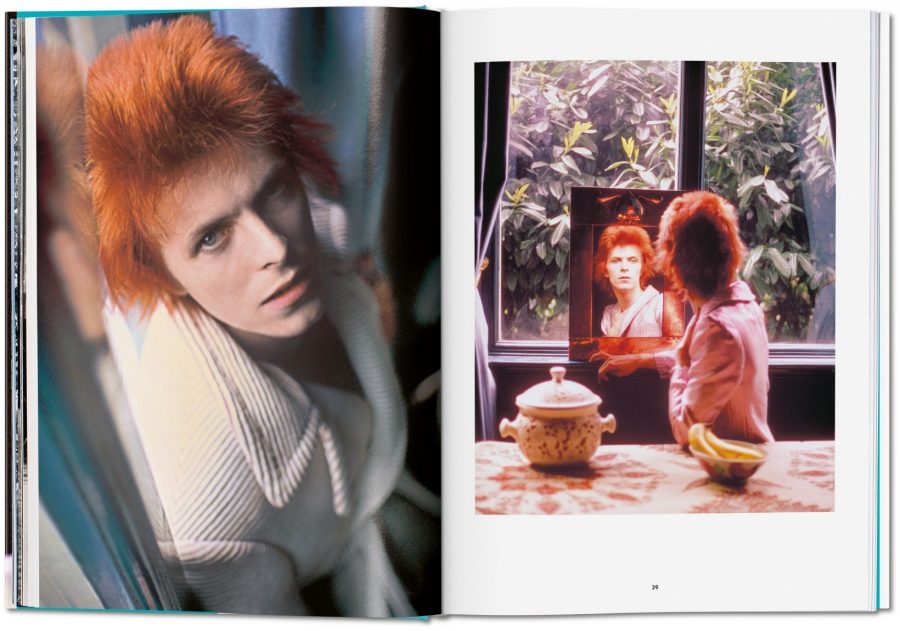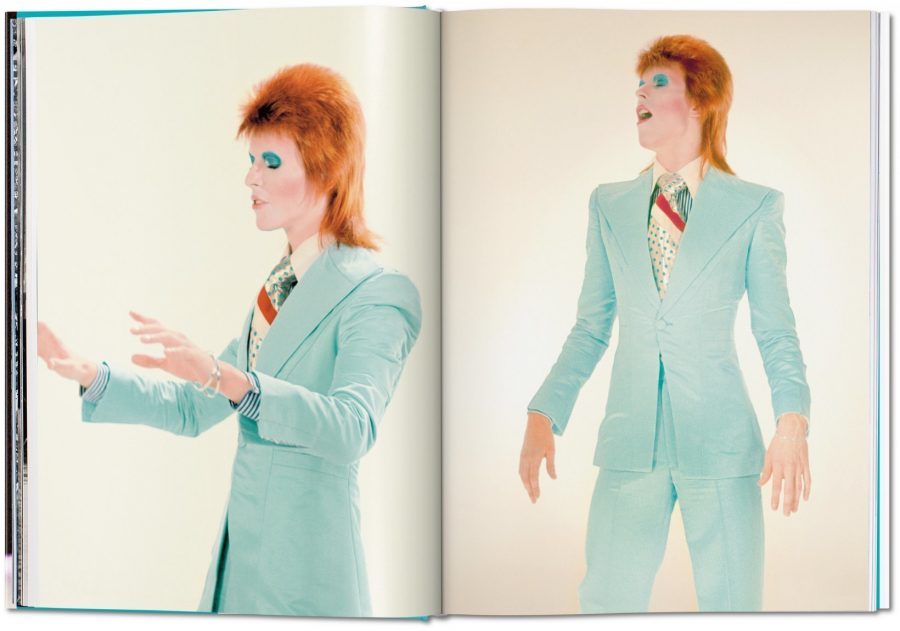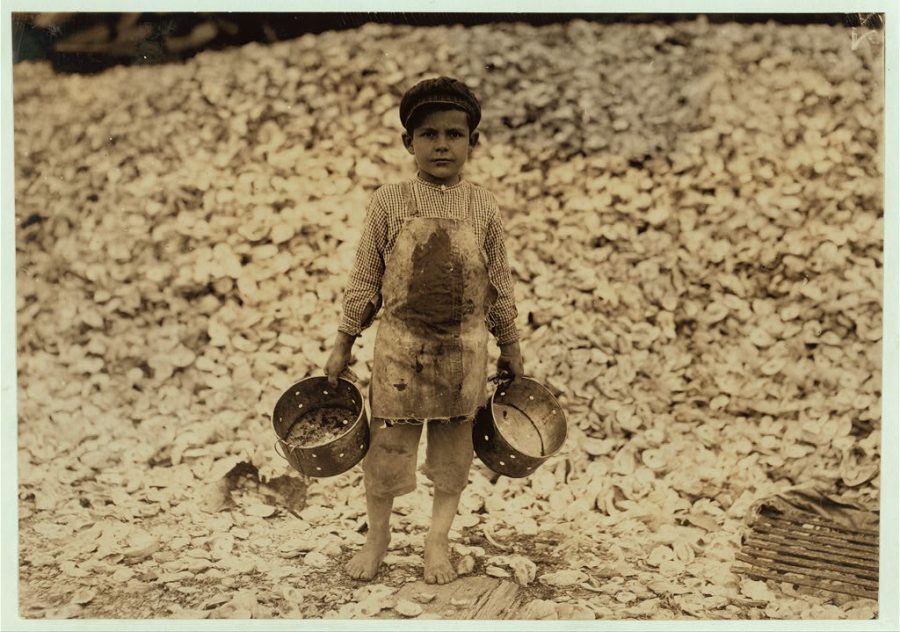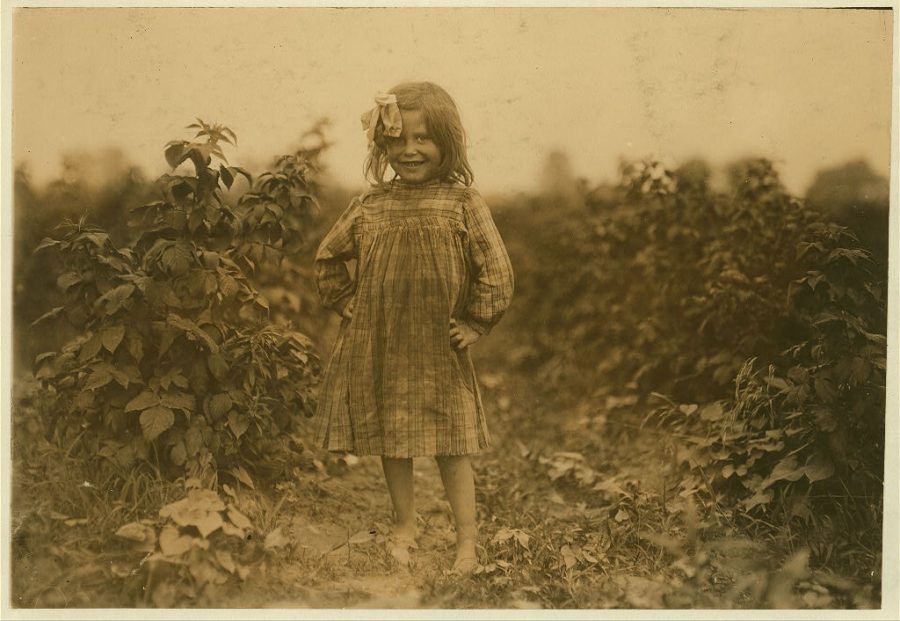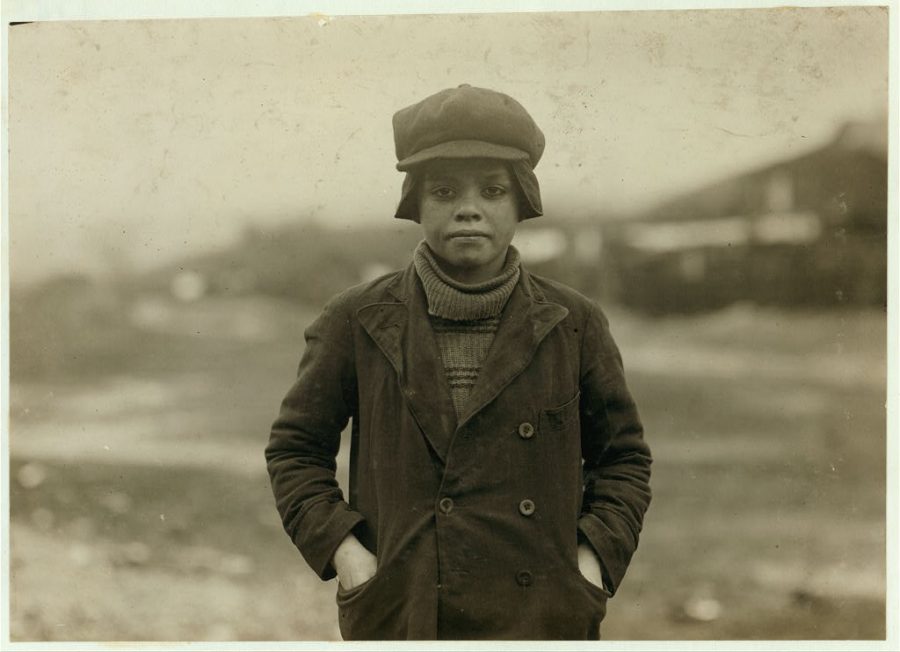“I am a man of motion,” tragic modernist ballet dancer Vaslav Nijinsky wrote in his famous Diary, “I am feeling through flesh…. I am God in a body.” Nijinsky suffered the unfortunate onset of schizophrenia after his career ended, but in his lucid moments, he writes of the greatest pain of his illness—to never dance again. A degree of his obsessive devotion seems intrinsic to ballet.
Misty Copeland, who titled her autobiography Life in Motion, thinks so. “All dancers are control freaks a bit,” she says. “We just want to be in control of ourselves and our bodies. That’s just what the ballet structure, I think, kind of puts inside of you. If I’m put in a situation where I am not really sure what’s going to happen, it can be overwhelming. I get a bit anxious.” As Nijinsky did, Copeland is also “forcing people to look at ballet through a more contemporary lens,” writes Stephen Mooallem in Harper’s Bazaar.
Copeland has been candid about her struggles on the way to becoming the first African American woman named a principal dancer at the American Ballet Theatre, including coping with depression, a leg-injury, body-image issues, and childhood poverty. She is also “in the midst of the most illuminating pas de deux with pop culture for a classical dancer since Mikhail Baryshnikov went toe-to-toe with Gregory Hines in White Nights” (a reference that may be lost on younger readers, but trust me, this was huge).
Like another modernist artist, Edgar Degas, Copeland has revolutionized the image of the ballet dancer. Degas’ ballet paintings, “which the artist began creating in the late 1860s and continued making until the years before his death, in 1917, were infused with a very modern sensibility. Instead of idealized visions of delicate creatures pirouetting onstage, he offered images of young girls congregating, practicing, laboring, dancing, training….” He showed the unglamorous life and work behind the costumed pageantry, that is.
Photographers Ken Browar and Deborah Ory envisioned Copeland as several of Degas’ dancers, posing her in couture dresses in recreations of some of his famous paintings and sculptures. The photographs are part of their NYC Dance Project, in partnership with Harper’s Bazaar. As Kottke points out, conflating the histories of Copeland and Degas’ dancers raises some questions. Degas had contempt for women, especially his Parisian subjects, who danced in a sordid world in which “sex work” between teenage dancers and older men “was a part of a ballerina’s reality,” writes author Julia Fiore (as it was too in Nijinsky’s day).
This context may unsettle our viewing, but the images also show Copeland in full control of Degas’ scenes, though that’s not the way it felt, she says. “It was interesting to be on shoot and to not have the freedom to just create like in normally do with my body. Trying to re-create what Degas did was really difficult.” Instead, she embodied his figures as herself. “I see a great affinity between Degas’s dancers and Misty,” says Thelma Golden, director of the Studio Museum in Harlem. “She has knocked aside a long-standing music-box stereotype of the ballerina and replaced it with a thoroughly modern, multicultural image of presence and power.”
See more of Copeland’s Degas recreations at Harper’s Bazaar.
Related Content:
Impressionist Painter Edgar Degas Takes a Stroll in Paris, 1915
Josh Jones is a writer and musician based in Durham, NC. Follow him at @jdmagness
